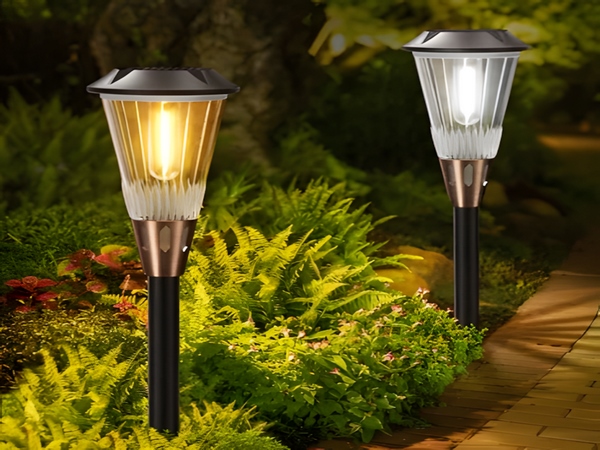
Wind-Solar Complementary Energy and Its Global Resource Ratio

The wind energy available on Earth is inexhaustible. The solar radiation energy reaching the Earth’s surface each year is approximately 130 trillion tons of standard coal, of which about 10 trillion tons of wind-solar complementary energy is available for human development. Only 0.2% of this amount could supply the current global annual energy consumption. Current data indicate that the solar system has about 5 billion years of lifespan left, which can be considered “endless and inexhaustible” for human existence. Compared with other energy sources, the potential for the development of solar and wind energy is vast. As of mid-2014, only 0.9% of the world’s electricity was sourced from wind and solar installations, while hydropower and non-renewable energy contributed approximately 16.6% and 77.2%, respectively. The current development status of wind and solar energy contradicts their huge reserves.
Wind and solar energy are resources shared by all humanity. Every region on Earth has both wind and sunlight, an advantage that other energy sources do not possess. Therefore, the utilization of wind and solar energy can eliminate the dependency of resource-scarce areas on fossil fuels, benefiting all of humanity.
Direct Conversion and Use of Wind-Solar Complementary Energy
Power generation from wind and solar energy only requires a wind-solar complementary controller, which can convert unstable wind and solar energy into stable electrical energy for off-grid applications such as street lighting, monitoring, marine, and household use. Wind turbines can be installed on poles to harness wind energy for on-site power generation, eliminating the need for grid transmission. Currently, mass-produced monocrystalline silicon solar panels have a conversion efficiency of 17%, and the direct conversion method can reduce the high costs associated with the extraction and transportation of fossil fuels, enabling local utilization. Additionally, solar power generation occupies less land area and has more relaxed geographical requirements compared to other energy types.
Clean, Safe, Low-Carbon, and Environmentally Friendly Wind-Solar Complementary Energy

In the energy conversion process, wind and solar energy produce no waste residue, discarded materials, wastewater, or exhaust gases, and they do not generate noise. There are no concerns regarding nuclear waste leakage as with nuclear power. The pollutants generated during the production of silicon wafers and solar cells can be safely treated and discharged. In the context of increasingly severe smog, reducing sulfur and carbon emissions is crucial for improving air quality. The development of wind and solar energy can significantly lower carbon emissions. Currently, wind power and solar power plants can even develop carbon emission trading products (CCER), which not only reduce emissions but also increase income.
Future Major Energy Development Forms
In summary, wind and solar energy generation demonstrate the advantages of wind-solar complementary energy in terms of availability, construction requirements, building area, environmental friendliness, and safety. Therefore, electricity generated from wind on cloudy nights or rainy days and from solar energy on sunny days can both be harnessed during suitable conditions to achieve all-weather power generation functionality. This method is more economical, scientific, and practical than using only wind turbines or solar panels.
Responding to national calls, we are committed to researching, developing, producing, and selling energy-saving and environmentally friendly products, including various types of wind-solar complementary street lamps, such as wind-solar complementary solar street lamps, wind-solar complementary LED street lamps, and rural wind-solar complementary street lamps. The price of wind-solar complementary street lamps is affordable.



